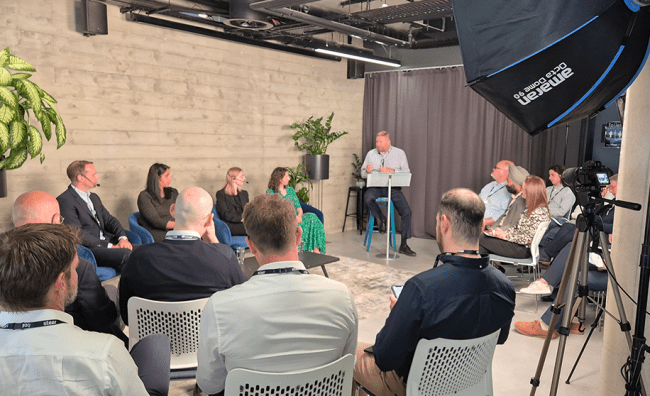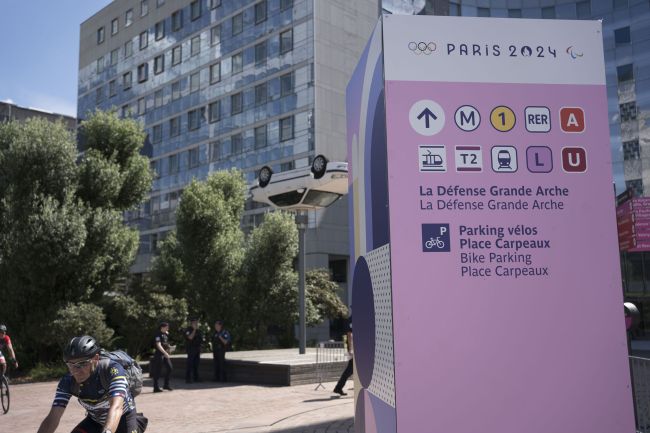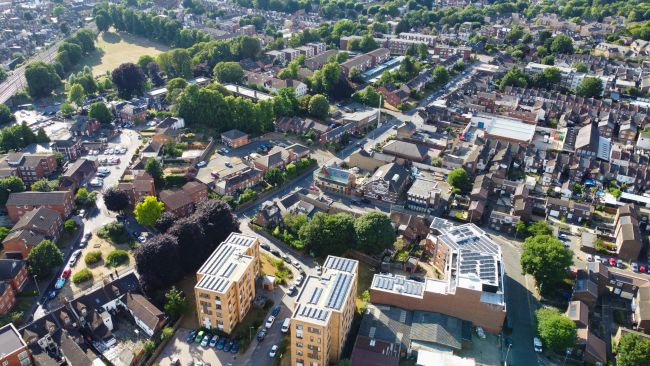Let’s be realistic about cycling
While it’s good to have ambition, there are times when a dose of reality is useful.
While it’s good to have ambition, there are times when a dose of reality is useful. The reality for cycling is that it represents 2% of trips and 1% of kilometres travelled, and there are lots of reasons why not all trips can be cycled. So while it’s great to aim for the levels of cycling seen in the Netherlands and, nearer to home, in Oxford and Cambridge, at the same time the scale of the task should not be underestimated and setting more realistic, if still tough, targets can sometimes be more productive.
The danger of having an overly ambitious target is that people (particularly non-cyclists) won’t take it seriously and the commitment won’t be there when instant results aren’t achieved. The London experience demonstrates the scale of the challenge and the need for a long term, coherent strategy. The target set for London, a 5% mode share by 2026 can equally be seen as lacking ambition since it doesn’t sound all that high compared with levels achieved in places like Copenhagen (26%) or York (18%). On the other hand it does represent a 400% increase and London is a very different type of place to those that tend to be quoted. So while achieving these double digit mode shares is feasible in some localities within a big city such as London, there are many other places where there is a much greater challenge.
In reality, even achieving a 5% mode share requires a fundamental shift in perceptions and move from cycling being regarded as an exception to a mode which is accepted alongside others such as car, bus and train. This type of change can’t, unfortunately, be achieved overnight and it is important that this is acknowledged so that policies are pursued and not abandoned after a few years.
Progress towards London’s target
In London there have been some great advances made. Between 2004 and 2014 there was a 70% increase in cycle stages and there are highly visible signs of the growth in cycling, for example, on the river crossings. Nevertheless, across London as a whole the cycle mode share is still 2%. It is noticeable that for the first few years after Boris Johnson launched the “Cycling Revolution” in 2010 annual growth of 5 or 6% was achieved. There was then, however, a couple of years of relative stagnation and modest growth.
Nevertheless, the cycling strategy has been pursued with renewed vigour (and investment in infrastructure) and in 2014 10% growth was achieved. Despite the growth though, cyclists are still dominated by relatively well off, middle-aged white men. There has been some growth in the number and proportion of female cyclists but there is a long way to go to reach parity.
The need to focus
A question for policy makers, therefore, is whether to aim for the easiest target group or to try and broaden the appeal. We know that until there are a substantial number of cyclists it’s very hard to encourage more people to cycle and that when a certain level of cycling has been reached, it feels safer to be a cyclist and drivers are more aware of them (and more likely to treat them as deserving of road space). The implication is that it makes sense to target the ‘near market’ first and then try to broaden the market.
The same argument also implies that focusing investment on the routes with the greatest potential makes sense. Once there are some successful routes these can then lead the way for other routes.
Given the importance of targeting, it is extremely helpful that nowadays there are tools available to help with this, such as the new Propensity to Cycle Tool (PCT) and Steer Davies Gleave’s own Cycle Potential Index, which provides a more flexible approach, as well as the Smarter TravelStyle geodemographic segmentation system. By utilising these tools it makes it possible to take a daunting target and break it down into more manageable chunks, while still keeping the big vision in mind.


















